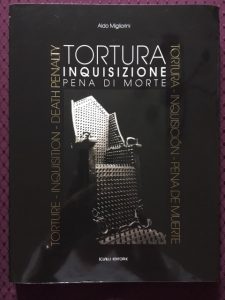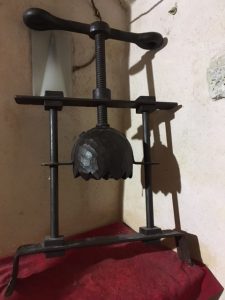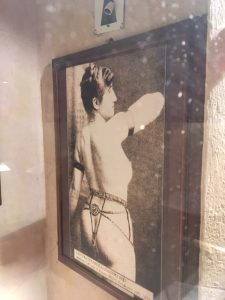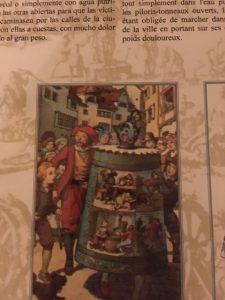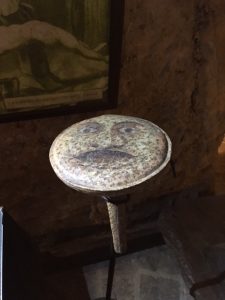I get a lot of junk mail. In November and December, I sometimes think I must be on every catalogue mailing list in the country! I’m a recycler big time. But the mantra is reuse, repurpose, and recycle. I don’t know how a catalogue can be reused, but I turned my thoughts to repurpose. How might writers use catalogues? Primarily as a character note.
What mailing lists a person is on can say a lot about character. Besides catalogues, solicitations for donations and ads are very telling. What sort of character gets solicited for CARE, American Cancer Society, the Audubon Society? What about the American Indian College Fund, St. Joseph’s Indian School, etc.?
Catalogue purchases can reveal socio-economic status. Hammacher Schlemmer, world tour offerings, and Breakstone are not geared to people intending to meet basic needs—
—unless we’re talking about obsessions as a need. People who get catalogues for computer gear, athletic wear, or books—and order from them—offer lots of possibilities. What about the person who orders yoga gear repeatedly but never does yoga?
And sometimes catalogues can cough up a plot device.
Consider the robot on the Hammacher Schlemmer cover. What might a sci-fi writer go with that? Or, considering magical realism: what if this toy gives the child recipient superpowers? What might a writer of erotica make of “the any surface full body massage pad”? What might a mystery writer make of “the best compact zoom binoculars”?
Advice to writers: View your catalogues, ads, solicitations, and other junk mail with a view to inspiration! And then recycle.





